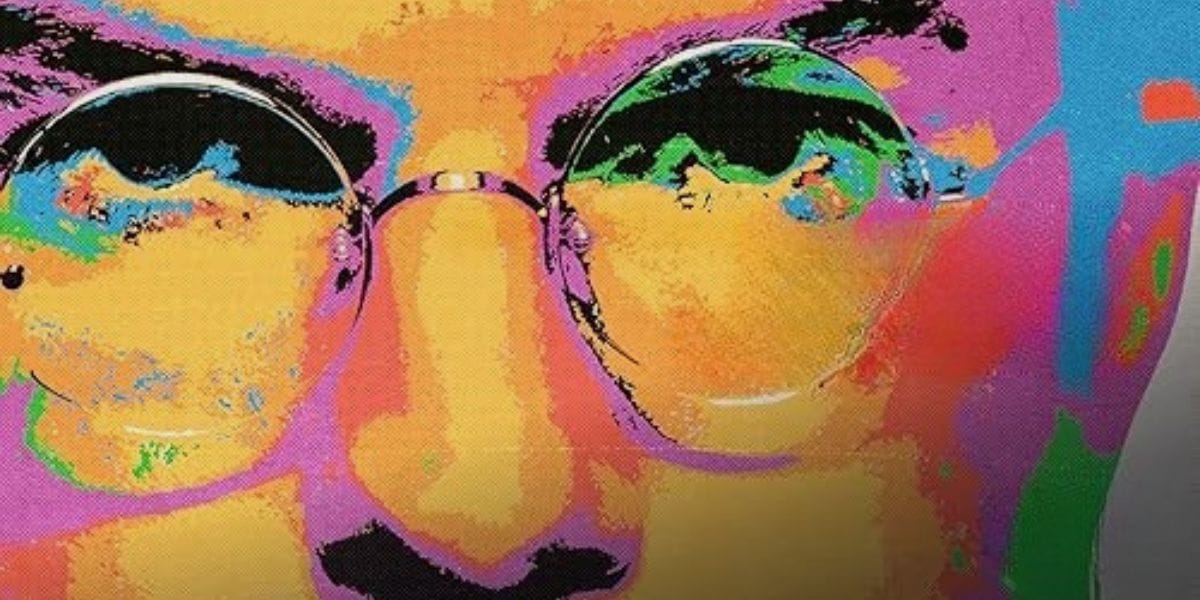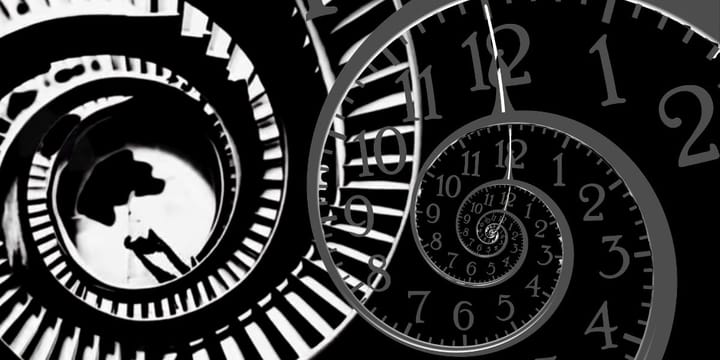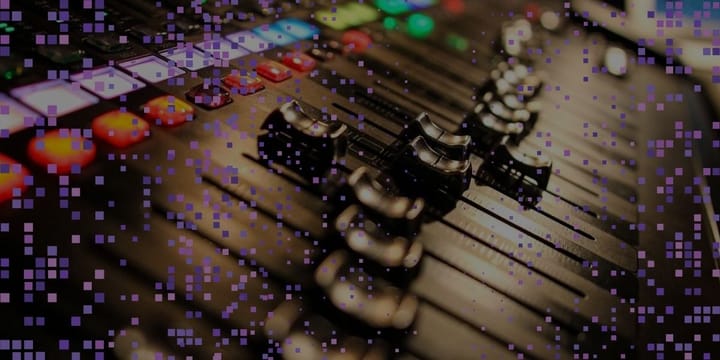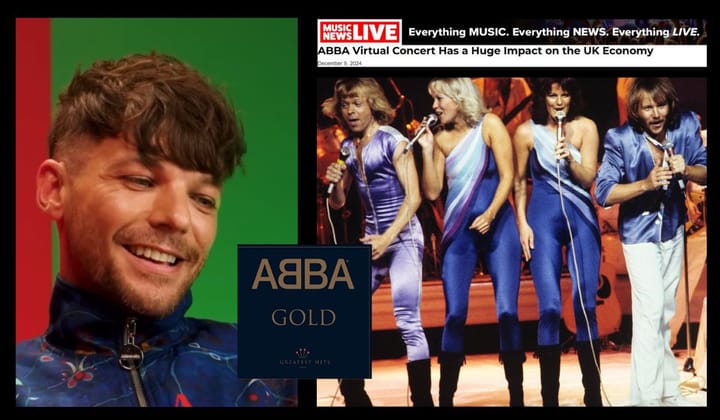A Boardroom in Cambridge vs the Cowboys of Silicon Valley
Cambridge showed me the beauty of intellect. Silicon Valley showed me the power of instinct. And somewhere between the two, over a pint, a whiteboard, and a few rounds of Mensa word games (which I did NOT play) I realized that the best brands are built where logic meets longing.

I still remember the hush when I walked into that boardroom in Cambridge (UK).
Twelve people. Eleven men in dark suits and one woman, the CFO, also in a dark suit, because God forbid a pop of color might suggest decadence.
The air smelled faintly of burnt coffee and intellectual superiority. As the new VP of US Operations, I was there to talk about marketing, or as they called it, go-to-market strategy, which was apparently code for “something our engineers resent but investors keep asking about.”
The CEO had hired me because, in his words, “We need the Silicon Valley touch.”
Translation: We have a brilliant product no one understands.
The CEO was the only one smiling when I walked in. The others looked at me like I’d been accidentally booked between their quarterly audit and a colonoscopy. At that time in 90's Cambridge, with its cobblestone logic and academic restraint, it had produced Nobel prizes but not brand stories. And there I was fresh off a plane from San Francisco talking about selling emotion like it was oxygen. I got the side eye for 30 minutes into that meeting. My anxiety was right there with me digging it's claws into my shoulder. Fortunately, nobody seems to notice.
Now, let me say this first: I love Cambridge.
I ended up dating a brilliant man from there for four years. He moved to Silicon Valley for me. As a side note, every time we went to Nob Hill Market in San Francisco he couldn't stop giggling like a 15-year-old boy. But that's a different story I'll tell another day.
And every time I stayed at the University Arms, I felt like I’d stepped into a novel, all charm, intellect, and quiet elegance. After work, we’d gather at pubs where people played Mensa-level word games over pints. I mean, who does that? In Silicon Valley, the post-meeting talk is more like, “Which beach are we heading to this weekend?” And that’s the CEOs talking.
Cambridge taught me reverence for thinking. Silicon Valley taught me the thrill of leaping. And both, in their own ways, taught me about desire — the invisible engine behind every great product, story, and brand.
The Suits and the Cowboys
If Cambridge boardrooms are quiet libraries of intellect, Silicon Valley is the wild, loud saloon from Yellowstone. Everyone’s swinging first and asking questions later.
You can always tell a Cambridge pitch deck from a Silicon Valley one.
Cambridge starts with: “Here’s how our technology works.”
Silicon Valley starts with: “Here’s how you’ll feel when you use it.”
Cambridge is about proof.
Silicon Valley is about belief.
So I looked around that room of serious faces and said, “You can have a hundred great products. They’ll collect dust unless you create the desire to consume them.”
Blank stares. One man coughed. The CFO adjusted her glasses like I’d said something scandalous. But I wasn’t done.
“The product is the body. The emotion is the soul. You can have the most brilliant engineering on the planet, but if you can’t make someone want it, you’re selling a ghost.”
I pointed to their product — a linguistic complex piece of software for voice recognition.
“This isn’t just about converting speech to machine-readable format, like text. “You’re dealing with something intimate. The human voice is identity, emotion, trust. When someone speaks and the machine understands, that’s not a transaction, it’s a relationship. You’re not selling recognition. You’re selling connection. You’re giving people the thrill of being understood.”
The CFO leaned forward. One of the younger engineers nodded. And finally, the CEO exhaled like he’d been waiting for this all along.
People love to call marketing manipulation.
Public relations is manipulation, marketing is translation.
Engineers speak in features. Humans speak in feelings. Emotional branding is the bridge between the two. You don’t need to convince someone that your product works, you need to convince them that it matters. That it will make their life easier, richer, better, cooler, safer, more admired — something.
Every decision, from buying a car to picking a shampoo, begins with emotion.
Logic just cleans up the mess afterward.
That’s why the cowboys of Silicon Valley always won the shootout back then.
They didn't stand around explaining the metallurgy of the bullets — they fired first, and people felt something.
It should be noted here that I look back on this now and see it's not always a good thing but it's how it still works. Read my post The Weight of What Can’t Be Fixed.
Halfway through that meeting, I pulled up a slide of Steve Jobs holding up the first iPod. No specs. No graphs. Just one line:
“1,000 songs in your pocket.”
“That’s emotional branding,” I told them. “It doesn’t tell you how it works. It tells you why it matters.”
Then I flipped to their own brochure, dense paragraphs filled with words like “throughput” and “linguistic accuracy matrix.” “This reads like it was written by a toaster.”
The CFO laughed out loud.
By the end of the meeting, they were talking about people again, how their software could help doctors dictate notes hands-free, how it could restore independence to someone losing their sight, how it could give a voice back to those who had lost theirs.
People don’t buy products. They buy stories. For many products they buy fantasy. They buy the version of themselves they want to become. They buy the version they want to believe exists.
Cambridge showed me the beauty of intellect. Silicon Valley showed me the power of instinct. And somewhere between the two, over a pint, a whiteboard, and a few rounds of Mensa word games (which I did NOT play) I realized that the best brands are built where logic meets longing.
If you want to sell a product or a brand, there has to be a story from the beginning.



